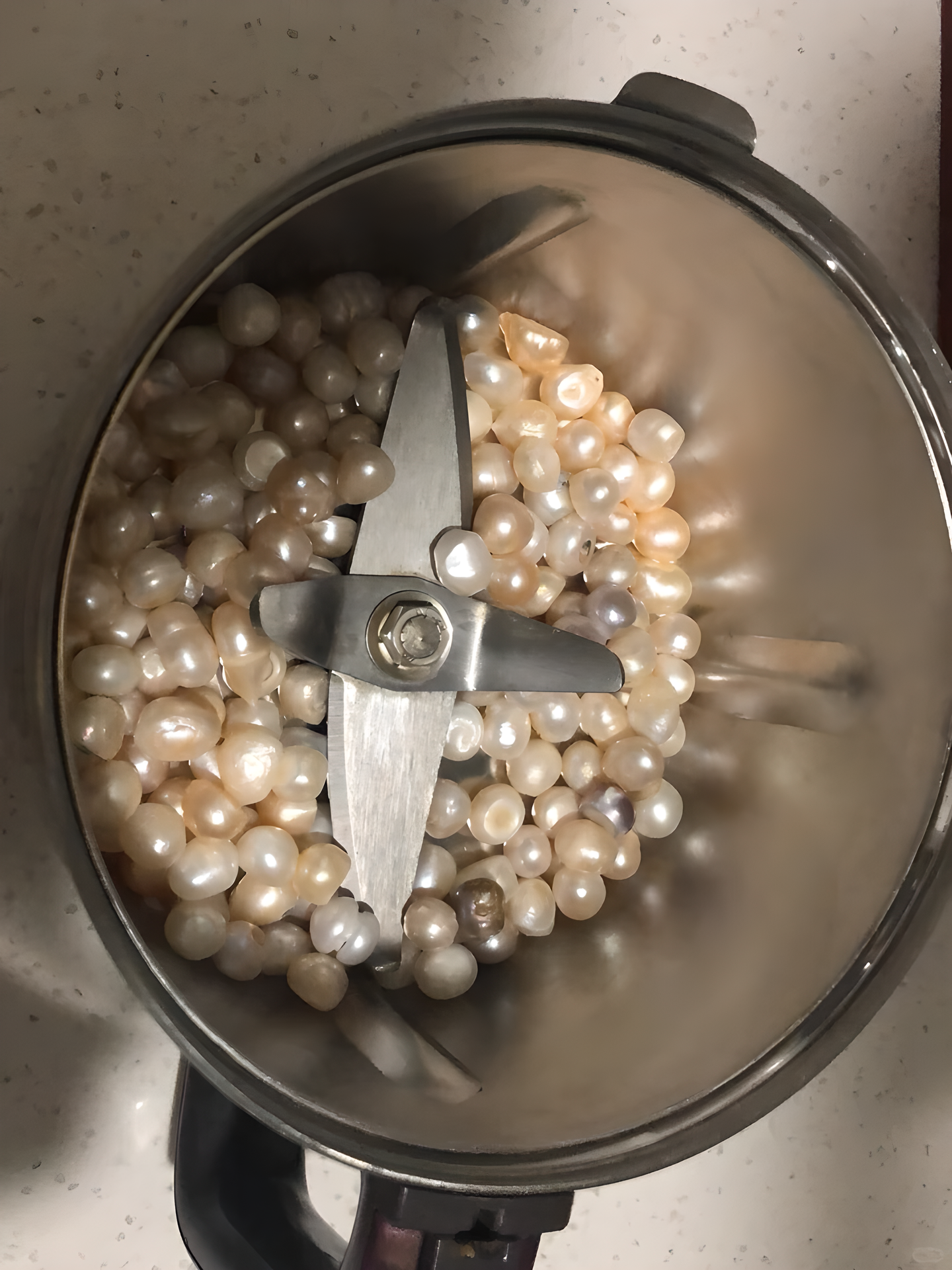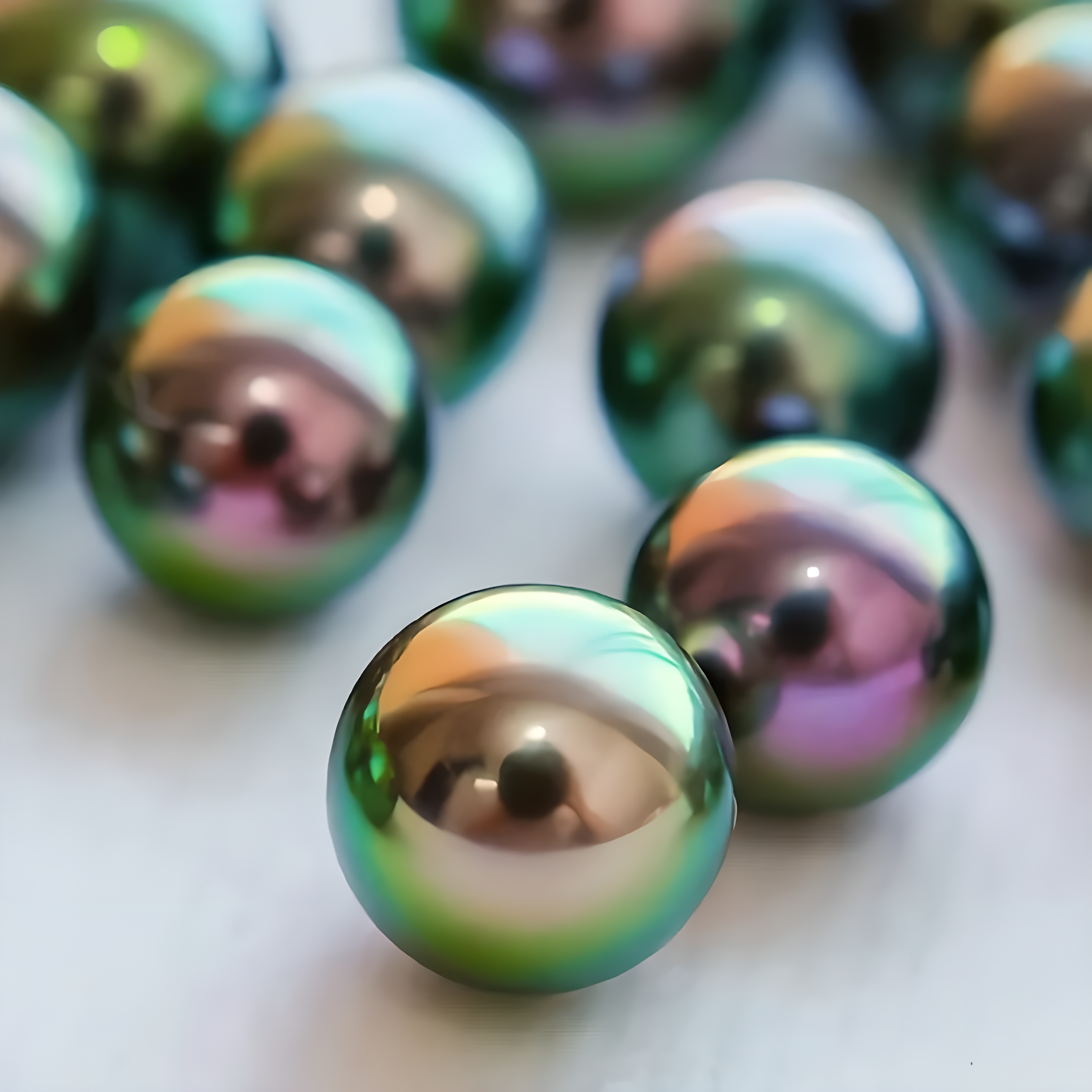
The Medicinal Differences Between Saltwater and Freshwater Pearls
Introduction: Pearls Beyond Beauty
Pearls have long been associated with elegance and beauty. However, beyond their decorative appeal, pearls have been used for medicinal purposes for centuries. The question often arises: Are all pearls the same when it comes to their healing properties, or does it matter if they are sourced from saltwater or freshwater? Let’s explore how the origin of a pearl can impact its medicinal benefits and how these differences influence their use in holistic practices.
Understanding the Medicinal Components of Pearls
The medicinal value of pearls stems from their unique composition. Pearls contain essential amino acids, vitamins, trace minerals, and bioactive peptides. One significant amino acid is taurine – a non-protein amino acid known for its antioxidant properties and its role in cellular health. This amino acid, along with other elements in pearls, contributes to their health benefits.
Regardless of whether pearls are formed in saltwater or freshwater, they share these components. However, the composition can differ, leading to varying medicinal uses.
Differences Between Saltwater and Freshwater Pearls in Medicinal Properties
Both saltwater and freshwater pearls hold unique characteristics due to their environments and cultivation processes(Gemological Institute of America). Saltwater pearls, such as Akoya, South Sea, and Tahitian pearls, are known for their thick nacre layers and high-quality luster(Pure Pearls). They generally contain higher amounts of amino acids, including taurine, which are significant for antioxidant effects.
In contrast, freshwater pearls, cultivated primarily in lakes and rivers, are known for their softer luster and a wider range of shapes and colors(Gemological Institute of America). While their mineral composition is similar to that of saltwater pearls, freshwater pearls differ in their microelements and amino acid profile, which affects how they are used medicinally.
Medicinal Uses of Saltwater Pearls
Saltwater pearls have established a notable reputation for supporting eye health. Due to their higher amino acid content and antioxidative properties, saltwater pearls are traditionally used to improve vision, reduce oxidative stress on the eye lens, and combat eye fatigue. Their rich mineral profile makes them effective in protecting against cellular damage and promoting anti-aging effects.
Interestingly, some studies suggest that using pearl extracts derived from saltwater pearls can help in preserving visual clarity and reducing symptoms of eye strain. Their general antioxidant properties also make them valuable in slowing down aging processes at a cellular level and in tissue repair.
Medicinal Uses of Freshwater Pearls
Freshwater pearls have a different set of medicinal applications. These pearls are often used for their anti-inflammatory properties, making them suitable for treating gastrointestinal issues, including stomach ulcers, and skin conditions. The bioactive compounds in freshwater pearls are found to aid in healing skin ulcers and reducing inflammation, thus contributing to better digestive and skin health.
Due to their soothing properties, freshwater pearls are frequently used in skincare formulations, promoting wound healing, reducing redness, and enhancing the natural radiance of the skin. Their focus is on providing relief from inflammation, making them a popular choice for holistic treatments.
The Role of Origin and Pearl Variety in Medicinal Effectiveness
The differences between saltwater and freshwater pearls extend beyond their medicinal uses. Saltwater pearls are often more round and lustrous, formed in ocean oysters, making them highly sought after for both jewelry and medicinal use(Pure Pearls). Freshwater pearls, however, are cultivated in mussels in lakes and rivers and offer a greater variety of shapes and colors(Pearls Nation).
Factors like the type of mollusk and the environmental conditions play a role in the formation and composition of the pearls, which ultimately influences their medicinal properties. Nonetheless, the primary distinction in their medicinal benefits lies in the broad categories of saltwater and freshwater origins, as well as the amino acid and mineral content found in each.
Conclusion: Pearls for Beauty and Health
While pearls are widely admired for their aesthetic appeal, they also hold significant medicinal value. The differences between saltwater and freshwater pearls extend to their health benefits, with saltwater pearls being particularly rich in taurine and antioxidants for eye health and anti-aging, and freshwater pearls offering anti-inflammatory benefits for gastrointestinal health and skin healing.
Whether worn as jewelry or used for their healing properties, pearls remain fascinating not only for their beauty but also for their contributions to wellness. Understanding the subtle yet significant differences between saltwater and freshwater pearls adds depth to our appreciation of these natural gems – as both adornments and aids to health.



Leave a comment
This site is protected by hCaptcha and the hCaptcha Privacy Policy and Terms of Service apply.